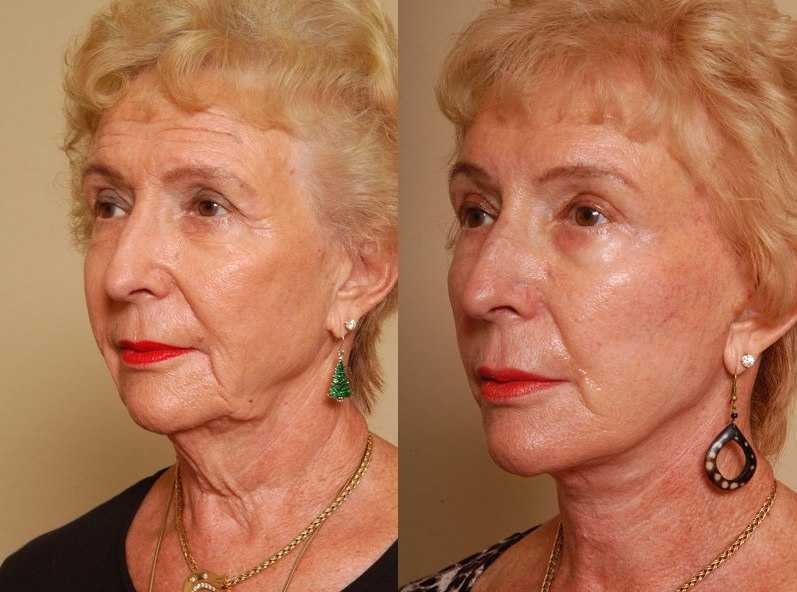Ready for their Close-Ups

Terry Gilliam’s cult film classic "Brazil" may again be proving itself ahead of its time. In a Monday morning article, the New York Times reported that seniors in their 70’s, 80’s and even 90’s are seeking the services of plastic surgeons to provide some youthful uplift to their lips, cheeks, eyebrows, breasts and posteriors.
In the movie, the main character’s elderly mother is constantly bruised and bandaged from unsuccessful cosmetic surgery – one of the many symbols of the dystopian nature of progress gone awry in Britain’s future. The Times story focused on a remarkably youthful looking 83-year-old widow from Orange County, CA who sought breast augmentation because at her age, “your breasts go in one direction and your mind goes in another,” she told reporter Tara Parker-Pope.
Gilliam’s film had already been groundbreaking in suggesting many elements of societal change that can go desperately wrong, including the dehumanizing nature of corporate life, the drudgery of computerization, and resistance to individuality. The visual elements of Brazil, while themselves an homage to Fritz Lang’s silent epic "Metropolis," set the pattern for such visually innovative films as "Dark City" and "Blade Runner."
Given the aging of the baby boomer population, it shouldn’t come as a surprise that cosmetic surgeons have found a new market among seniors, though it may well strike people as quite shocking when they begin to think of grandma and grandpa heading down to the nearest plastics expert for a facelift and tummy tuck. Yet, the number of singles at age 70 and beyond speaks to a need to maintain attractiveness as individuals seek late-life companionship. And what’s wrong with that? If young people have a right to romance, don’t the elderly?
Much has been written about the continuing value of sexual activity in the so-called golden years. Romantic and erotic love are human forces that exist throughout life on a use it or lose it basis, and are largely a matter of attitude and mindset. “Stayin’ Alive," as the Bee-Gee’s sang in Saturday Night Fever, is worth the effort.
Fortunately for today’s seniors, cosmetic surgery techniques, outcomes and risks are much different from what was portrayed by director Gilliam in Brazil. Of course, in America these procedures are considered elective and are not covered by Medicare or Medicaid. But should something go wrong, Medicare may well be asked to pick up part if not all of the fix. The American Society for Aesthetic Plastic Surgery reports that 85,000 such procedures took place among U.S. citizens 65 and older in 2010.
Any of those surgeries might have resulted in infections or other medical problems that could not be directly pinpointed to the non-Medicare-covered cosmetic procedures and would therefore go against our national healthcare bill. While it is impossible to precisely account for these costs, they could easily range into the millions of dollars in additional strain on already bursting Medicare costs. Of course, if keeping themselves attractive helps seniors feel younger and healthier, than their resultant physical well-being may just make up the losses.
Many of the reader comments attached to the New York Times story are highly critical of seniors putting their precious resources into improving their looks, and accuse them of practicing ageism (whatever that is). But why should the elderly whose lives are stretching out longer and longer act any differently than the rest of society? Aren’t we all urged daily to meet certain societal expectations for attractiveness? The fact is, we set the bar high for quality of life in this country. We can’t expect to let it fall just because someone starts to age – especially if it’s you or me.




